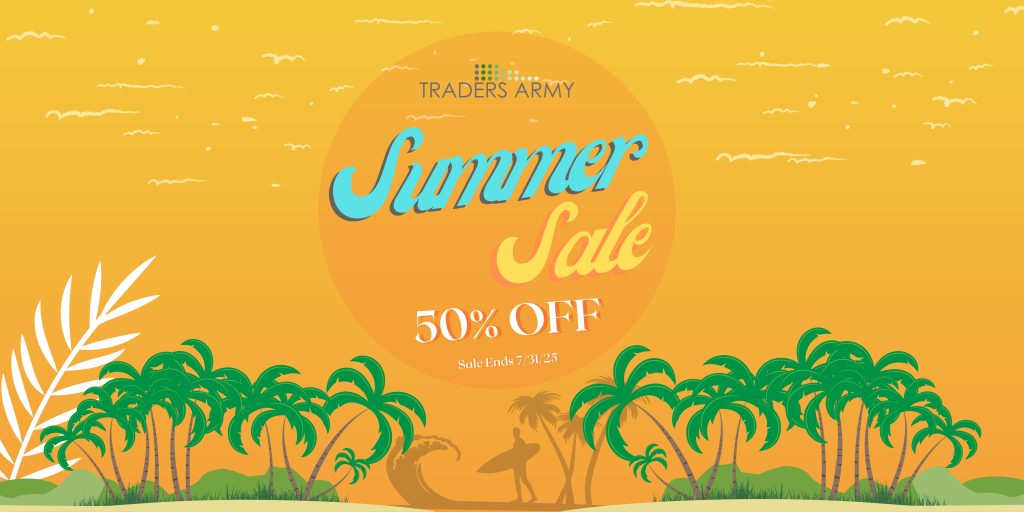Trumping The News

I remember growing up as a kid playing a card game called Euchre. I loved that game; it was about playing with a partner and took a minimal amount of skill. The thing everyone is looking for is to get the “trump” card. If you got the trump card it was the one that would override every other card in the deck. Simply put, getting the trump card meant you had the power to control how the game was played. When you hold the most powerful office in the land, what trumps you? What trumps the news caused by the President of the United States? Certainly, in today’s economy where the market makes 1-3% moves on seemingly every murmur out of Washington the news rules. Between President Trump, tariffs, coronavirus, monetary policy and the host of other headlines the news must surely rule. The fact of the matter is that it still does not. The economic laws of supply and demand are still the most important governing factor in determining prices and market forces.
As savvy investors, we are always looking for opportunities, and specifically, we are looking for what will drive the markets into those areas of opportunity. News is one of the biggest catalysts that can drive the markets into short term areas for traders and investors, most especially news that has a lot of emotion tied to it. Whether you are a proponent or opponent of our current President and his policy decisions one thing is certain and that is the amount of emotion tied to his every word. Big banks, institutions, hedge funds, and Wall Street know that average investors make key mistakes, and one of the biggest is succumbing to the emotions of fear and greed. Look at the below chart as an example:

This is a chart of the S&P 500, dated Feb 11th. This is a weekly chart showing that the S&P has crested to a new all-time high. This all-time high came after a brief pullback surrounding two important pieces of news. One was the impeachment of President Donald Trump as it passed from the house to the senate. The second was the coronavirus outbreak in China that sparked global fears of an economic slowdown amidst a global pandemic. Both news items are enough to shock the markets and send them lower but notice where the market fell. The market fell directly into a level where in the past demand had clearly exceeded supply. The supply and demand imbalance left an area for savvy investors to get back into a long position. I have written in the past that true levels of supply and demand are created by unfilled institutional order flow, remembering that the market ultimately in in search of balance between supply and demand.
Looking at the above chart, we can see that the Levels of Supply and Demand are clearly identified before the news occurs, in this case months before. These levels of Supply and Demand are simply the unfilled orders that major banks, institutions, and hedge funds have placed in the past that remain unfilled. These unfilled orders are the origin of imbalance between Supply and Demand, and where the most orders are present. These areas of imbalance will act as price magnets and give the educated investors a chance to get in with the highest probability. The news moved the market, but simply moved it from supply and back to demand, not through supply and demand. The difference of TO Supply and Demand rather than through Supply and Demand is monumental. News of any sort typically moves price, but the price movement created by news is the catalyst to drive price to Supply and Demand. The news trade driving price will help the institutions because they will now be able to get their orders filled.
When the world and financial markets are in a state of uncertainty and seem to follow every word in the news, it’s comforting to know that there are economic laws that actually hold the trump card.
Chuck Fulkerson is the Co-Founder and Senior Trader at TradersArmy.com. Fulkerson helps train individuals across the globe in what it means to be a successful investor and trader. He currently trades options as a swing and position trader; futures as a day trader; and equities as an investor to round out a truly diversified portfolio.



